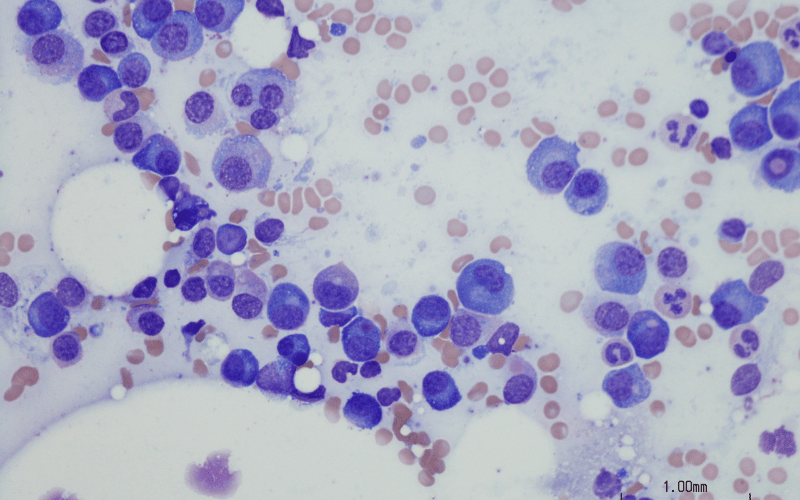Type 3: IgD Myeloma

The landscape of multiple myeloma is vast, but within it, the IgD subtype stands out for its rare occurrence. Representing a mere 2% of total myeloma cases, its scarcity is often overshadowed by its aggressive nature. When we talk about aggressiveness in the realm of medical conditions, it implies rapid progression. This quick development often translates to symptoms that can escalate swiftly, catching patients off-guard. The rarity combined with its aggressive nature means that timely diagnosis and understanding are crucial for effective management.
One might assume that rarer forms of diseases present uniquely, but the beginning symptoms of IgD myeloma are, paradoxically, quite common. Patients typically report feelings of profound fatigue. This isn’t merely a lack of energy after a long day but an encompassing weariness that even adequate rest fails to alleviate. Alongside, bone pain makes its presence known. Unlike the occasional ache or pain one might feel, this discomfort is persistent and often localized in the spine, hips, or ribs. These initial signs, while not unique to IgD, are the body’s early alarm bells.
As the disease evolves, more distinct signs begin to emerge. A particular concern is hypercalcemia, which is a fancy term for elevated calcium levels in the blood. Now, calcium is vital for our bones and bodily functions. Still, when present in excess, it leads to symptoms like excessive thirst, frequent urination, and severe constipation. Why the calcium surge? It’s because the cancerous plasma cells can lead to rapid bone breakdown, releasing more calcium into the bloodstream. This calcium, combined with the abnormal proteins produced by the myeloma, can put considerable strain on the kidneys, leading to renal complications.
Immunity is our body’s defense mechanism, our fortress against the myriad of pathogens we encounter daily. IgD myeloma strikes at the heart of this defense system. The compromised IgD antibodies coupled with the disease’s aggressive nature mean that the body’s ability to fend off infections dwindles rapidly. This isn’t just about the common cold but can extend to more severe infections, particularly of the respiratory system. A simple flu can escalate quickly, requiring medical intervention. (3)